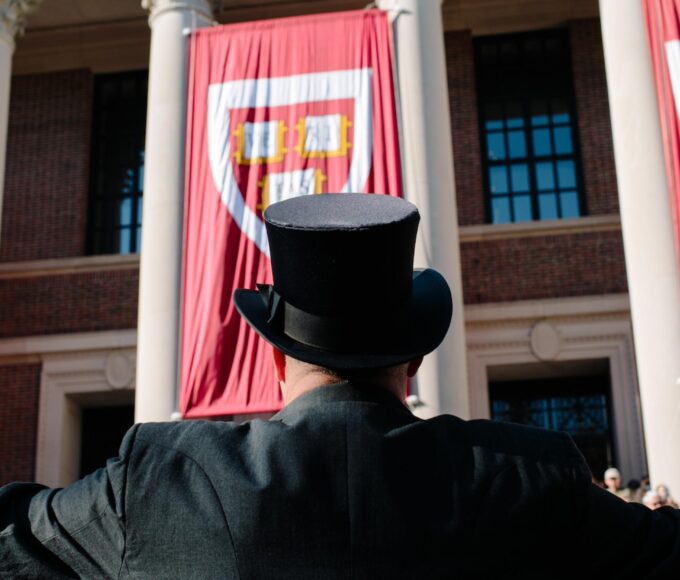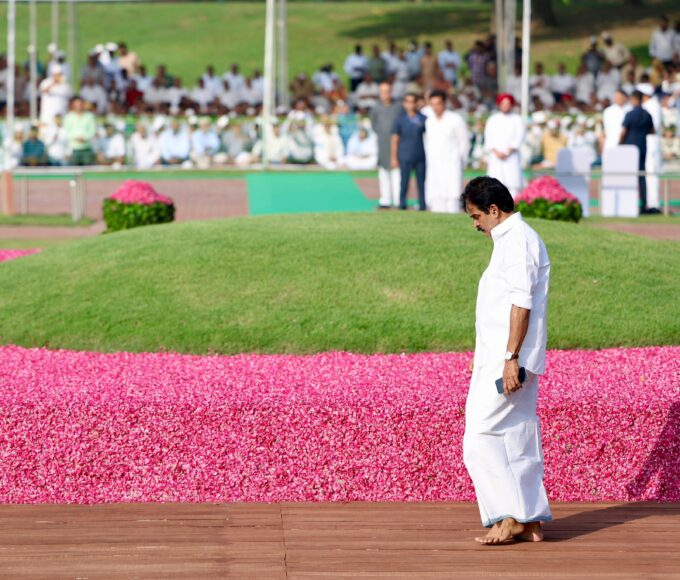Recent Posts
Indian Administrative Service
The Indian Administrative Service (abbreviated as IAS) is the administrative civil service of the Government of India. It is one of the three All India Services. The officers of the IAS play a major role in managing the bureaucracy of both the Union Government and the State governments, with its members holding strategic posts across the country.
SERVICE OVERVIEW
Abbreviation : IAS
Formed : 1946
Country : India
Head of the Civil Services : Cabinet Secretary
Current : Ajit Seth
Training Ground : Lal Bahadur Shastri National Academy of Administration,
Mussoorie
Controlling Authority : Ministry of Personnel, Public Grievances and Pension, Department of Personnel and Training
Legal personality : Governmental: Government service
General nature : Policy Formulation, Policy Implementation, Civil administration, Advisors to Ministers, Managing bureaucracy (Center and State)
Preceding service : Indian Civil Service (1893–1946)
Cadre Size : 6077 posts (direct recruitment – 56%, promotion – 44%) (2011)
INDEPENDENCE OF THE CIVIL SERVICE
The Constituent Assembly of India intended that the bureaucracy should be able to speak freely, without fear of persecution or financial insecurity as an essential element in unifying the nation. The IAS officers are recruited by the Union government on the recommendation of the Union Public Service Commission (UPSC) and posted under various State governments. While the respective State Governments have control over them they cannot censure or take disciplinary action against IAS and other All India Services officers without consulting the Union Government (Central) and the UPSC.
The examination is conducted by the Union Public Service Commission. It has three stages: a preliminary challenging. Recently the preliminary exam pattern has changed. There used to be 23 optional subjects along with a general studies paper. Now there will be no optional subjects in the preliminary examination. Instead there will be a second paper which will be common for all candidates. It covers aptitude, general mathematics, comprehensive English, social studies etc.
Entry into the IAS is considered very difficult. Almost all of the applicants rank IAS as their top choice because of the high prestige and diversity of career it offers.
Repeated attempts are allowed up to four times for General Merit candidates, seven times for OBC candidates. There is no bar on the number of attempts for SC/ST candidates. The upper age limit to attempt the examination is 35 for SC/ST and 30 years for the General Merit Candidate. The candidate should not be older than 30 years of age as on 1 August of that year. The minimum age is 21 years.
About 850 candidates are finally selected each year out of the nearly 550,000(2010 data) but only a rank in the top 80 guarantees an IAS selection — an acceptance rate of 0.025 percent, which makes it one of the most competitive selection processes in the world.
RECRUITMENT INTO IAS
The direct recruitment of a candidate into IAS is by Civil Service Exam conducted by Union Public Service Commission. However, also the recruitment into IAS is done by appointment by selection through powers conferred by section 3 of the All India Services Act of 1951 (61 of 1951) and in pursuance of sub-rule (2) of rule 8 of the Indian Administrative Service (Recruitment) Rules of 1954 and in supersession of the Indian Administrative Service (Appointment by Selection) Regulations of 1956.
ALLOCATION AND PLACEMENT
After being selected for the IAS, candidates are allocated to “cadres.” There is one cadre in each Indian state, except for three joint cadres: Assam–Meghalaya, Manipur–Tripura, and Arunachal Pradesh–Goa–Mizoram–Union Territories (AGMUT).
The “insider-outsider ratio” (ratio of officers who are posted in their home states) is maintained as 1:2. as ‘insiders’. The rest are posted outsiders’ according to the ‘roster’ in states other than their home states. Till 2008 there was no choice for any state cadre and the candidates, if not placed in the insider vacancy of their home states, were allotted to different states in alphabetic order of the roster, beginning with the letters A,H,M,T for that particular year. For example if in a particular year the roster begins from ‘A’, which means the first candidate in the roster will go to the Andhra Pradesh state cadre of IAS, the next one to Bihar, and subsequently to Chattisgarh, Gujarat and so on in alphabetical order. The next year the roster starts from ‘H’, for either Haryana or Himachal Pradesh.( if it has started from Haryana in the previous occasion when it all started from ‘H’, then this time it would start from Himachal Pradesh). This highly intricate system has on one hand ensured that officers from different states are placed all over India, it has also resulted in wide disparities in the kind of professional exposure for officers, when we compare officers in small and big and also developed and backward state, since the system ensures that the officers are permanently placed to one state cadre. The only way the allotted state cadre can be changed is by marriage to an officer of another state cadre of IAS/IPS/IFS. One can even go to his home state cadre on deputation for a limited period, after which one has to invariably return to the cadre allotted to him or her.
The centralizing effect of these measures was considered extremely important by the system’s framers, but has received increasing criticism over the years. In his keynote address at the 50th anniversary of the Service in Mussoorie, former Cabinet Secretary Nirmal Mukarji argued that separate central, state and local bureaucracies should eventually replace the IAS as an aid to efficiency.[5] There are also concerns that without such reform, the IAS will be unable to “move from a command and control strategy to a more interactive, interdependent system”.
FUNCTIONS OF THE CIVIL SERVANT
A civil servant is responsible for the law and order and general administration in the area under his work. Typically the functions of an IAS officer are as follows :
- To handle the daily affairs of the government, including framing and implementation of policy in consultation with the minister-in-charge of the concerned ministry.
- Implementation of policy requires supervision.
- Implementation requires travelling to places where the policies are being implemented.
- Implementation also includes expenditure of public funds which again requires personal supervision as the officers are answerable to the Parliament and State Legislature for any irregularities that may occur.
- In the process of policy formulation and decision making, officers at various levels like joint secretary, deputy secretary make their contributions and the final shape to the policy is given or a final decision is taken with the concurrence of the minister concerned or the cabinet depending upon the gravity the issue.
- Sardar Vallabhbhai Patel is remembered as the “Patron Saint” of India’s civil servants for establishing modern all-India services. In an unprecedented and unrepeated gesture, on the day after his death more than 1,500 officers of India’s civil and police services congregated to mourn at Patel’s residence in Delhi and pledged “complete loyalty and unremitting zeal” in India’s service.
DESIGNATIONS
Most IAS officers start their careers in the state administration at the sub-divisional level as a sub divisional magistrate. They are entrusted with the law and order situation of the city along with general administration and development work of the areas under their charge. The post of District Officer is also known as District Magistrate, District Collector or Deputy Commissioner. Since it is the most identifiable position in the IAS services, it is also the post which most people identify with IAS. At the top of the hierarchy of IAS officers at the Centre is the Cabinet Secretary followed by Secretary/Additional Secretary, Joint Secretary, Director, Deputy Secretary and Under Secretary. These posts are filled according to seniority. The details on the amount of salaries can be found in the recommendations and associated documents of the Sixth Pay Commission report.


























































